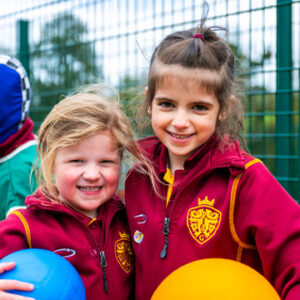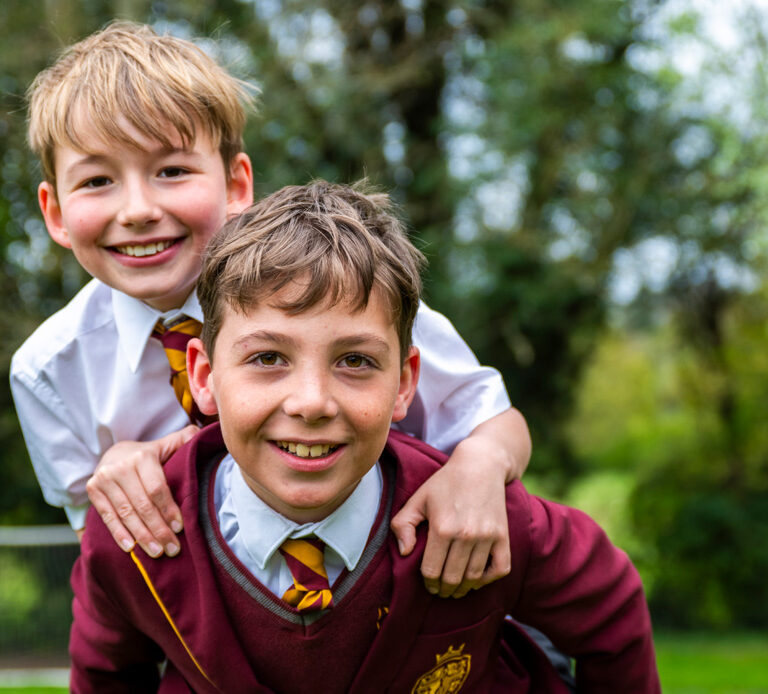The return to school after half-term was marked by an exciting whole school project day. A whole school assembly on having a ‘can do’ attitude, introduced the importance of having a positive mindset. Older children were able to adapt a well-known children’s book to create their own versions. The children were clear on the moral messages behind their own stories, with younger children being the intended audience. This whole school project gave the children a clear sense of purpose and has brought together the entire school community.
It is wonderful for children to see the relevance of their Mathematics learning in the real-world. Looking at the ‘Story Behind the Graph’ has helped them to explain the data that they observe. Year 5 children have explored the popular story of the Hare and the Tortoise on a time-distance line graph, identifying the incline and decline as changes in speed, and moments where the graph flat lines to appreciate that time ticks away whilst the distance from the origin remains the same. The children have gone on to represent the 6 times’ table and elicited decimal values from the linear graphs that they drew. The possibilities for story telling in Maths have proved boundless and wholeheartedly engaged the children!
This half term, we are all eager to find out what will happen next in our class text ‘The Nowhere Emporium’. So far, we have been captivated by the unusual, magical shop that has appeared from nowhere and we want to know what will happen next to Daniel Holmes on his adventures with Mr Silver. We look forward to the book inspiring more of our writing over the next few weeks before exploring playscripts in the final weeks before Christmas.
We have started with a fire, of course. This half term we are considering reactions that are either reversible or non reversible. All children should now be able to report, from first hand experience, that setting fire to a Pringle in a Bunsen burner is a non reversible reaction. Please check in regularly to find out about our other investigations including mixing milk and vinegar, and growing yeast. These investigations are to encourage the children to think scientifically and learn different ways of presenting their results.


